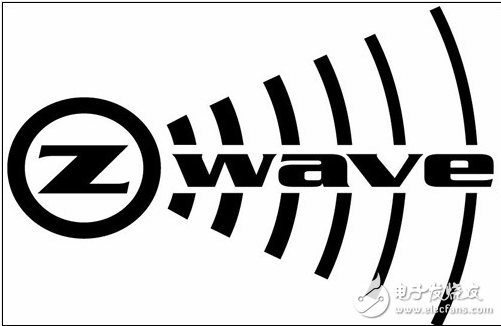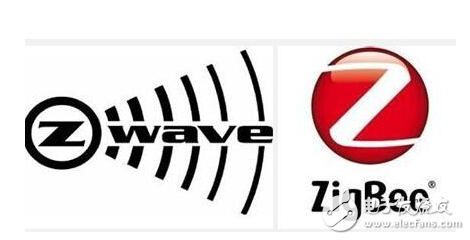There are more and more types of intelligent products, and the technology used in smart homes is becoming more and more mature. The wireless transmission has been introduced in detail in yesterday's content. Zigbee is the earliest transmission technology applied in the field of smart home. Its stability, high confidentiality, low power consumption and low cost have become the first choice for home automation applications.
Speaking of smart home, the first thing that everyone thinks is through wifi connection, mobile phone and smart device remote control via wifi, no matter where in the world, as long as there are 3G/4G or wifi network can control the home appliances, sockets, light bulbs, etc. Smart products. If you only need to control at home, you can find a low-power wireless communication technology, Zigbee or Z-wave.

Z-wave is also a short-distance transmission technology. It is based on wireless radio frequency like ZigBee. It belongs to hardware architecture and protocol technology. The difference is that Z-wave is independently developed by SigmaDesign and lacks international standards for its application. It is also limited to home automation. The power consumption of the two is much lower than that of wifi and Bluetooth, which has certain advantages in the application field of smart home.
Zigbee's predecessor can be traced back to Bluetooth. The advantages of both are low-power transmission, but the latter is relatively complex, with fewer network nodes and is not suitable for multi-point control. When the number of smart products exceeds a certain number, it cannot be in the same LAN. Realize interconnection. And Bluetooth transmission is relatively slow, the average time is about 10 seconds; Bluetooth coverage is limited to 10 meters, so only a small area of ​​the living room or bedroom is interconnected.
ZigBee and Z-Wave technical characteristics comparison of operating frequency and transmission rateAs a wireless transmission technology based on the IEEE 802.15.4 standard, ZigBee can meet the needs of remote monitoring, remote control and sensor network applications. It has low speed, low power consumption and low cost. It operates at 868MHz, 915MHz or 2.4GHz, of which 2.4GHz is a universal ISM frequency. With the maturity of technology and the joining of several related equipment manufacturers, ZigBee has already started its application in the field of home automation.
Transmission structure and security analysisWireless systems are mostly limited by distance and reliability, so most control systems require wired connections to ensure coverage of the entire building. Z-Wave supports mesh network topologies, and its multi-point to multi-point connection provides greater reliability and greater coverage. The integrated dynamic routing mechanism enables virtual, unrestricted signal transmission, and each Z-Wave device can retransmit signals from one device to another, ensuring highly reliable transmission across the entire home.
ZigBee technology has obvious advantages in openness and interoperability
In the field of communications, technology openness and interoperability are undoubtedly a very important metric. With the successful cooperation with the IEEE 802.15.4 team, ZigBee technology will most likely take a favorable position in future development and promotion. In this way, in the process of commercialization, ZigBee products produced by different manufacturers can be easily interconnected according to the same standard, thereby shortening the time to market of products.

Z-Wave compatibility is good
Z-Wave has strong anti-interference ability
Mainstream trends in the international market
Z-Wave is more professional in the field of home applications
Z-Wave's low-power, high-performance features have been supported by national governments
ZigBee and Z-Wave can be seen as Android and iOS in smart homes, and they all have their own areas of expertise. Z-Wave is more professional in the field of home intelligence. Its main advantages are security, stability, low power consumption, high efficiency, good compatibility, strong anti-interference ability, high sensitivity, and international mainstream and domestic government support for future trending technologies. The development of things always looks forward, always getting better and better. Therefore, for home intelligent applications, the use of Z-Wave technology is absolutely wise choice.
All in all, wireless transmission technology can be applied in smart home systems. Zwave is not suitable for domestic intelligent applications. WiFi is more suitable for remote monitoring and management of mobile and smart devices. Zigbee has advantages in certain environments. Interconnection, low power consumption, and obvious advantages.
Flame Retardant Cables
Standard applied: IEC60332
Rated Voltage: 450/750V 600/1000V
Insulation: LSOH (Low Smoke Zero Halogen)
Sheath: LSOH (Low Smoke Zero Halogen)
Applications: Those Electrical Wire suitable for power & lighting circuits and building wiring. Also suitable for use as an earth wire the internal wiring of appliances and apparatus.
Fire Resistant Cable,Fire Rated Cable,Fire Proof Cable,Fire Wire Cable
Shenzhen Bendakang Cables Holding Co., Ltd , https://www.bdkcables.com
